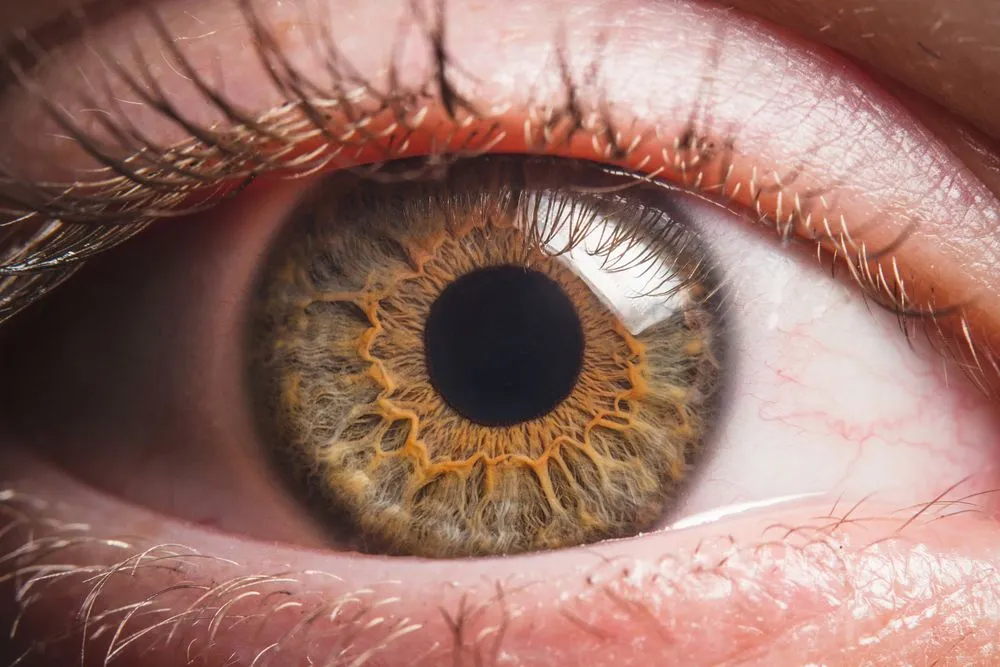Overview
These transplants are usually performed with the cornea donation from deceased patients. Experts state that the cornea to be transplanted should be removed within the first 24 hours, while the ideal time is the first 6 hours.
Cornea transplant surgeries have been performed in Turkey for many years. Although it is possible to obtain it from deceased patients without requiring permission, since it is a tissue by law, corneal transplant centers find it more appropriate to obtain permission from the families of deceased patients.
However, since there are not enough donations, many patients are waiting with hope to get a cornea transplant.
In which cases is a corneal transplant required?
Experts provide the following information about medical conditions that require corneal transplants:
- Damage to the cells that keep the cornea transparent after eye surgery
- Clouding of the cornea as a result of this damage
- Conical shape of the corneal layer
- Some inherited corneal diseases
- Formation of scar tissue and new vascularization as a result of corneal infections
- Stains and scars on the cornea after injury
- Rejection and clouding of the transplanted cornea by the body after corneal transplantation
Corneal Transplantation is Performed Under General or Local Anesthesia.
Corneal transplant operations can be performed under general or local anesthesia. During this surgery, after the eyelids and their surroundings are cleaned properly, a small instrument is inserted to keep the eyelids open.
The eye surgeon determines the diameter of the cornea to be used for corneal transplantation.
The damaged part of the cornea is carefully removed. If cataract surgery is also required, the cataract is removed first and the intraocular lens is placed. The transparent corneal layer taken from the donor is placed on the bed and sutured to the bed using microsurgical methods.
At the end of the operation, antibiotic ointment is applied to the eye and the eye is closed with a protective cover.
What should we be careful about after the transplant?
- Take care to use the medicines given by your doctor carefully.
- Be careful not to press or scratch your eye.
- Use protective caps or goggles as recommended by your eye doctor.
- Do not forget to wait patiently as it will take a few months to remove the stitches after the surgery.
- Generally, all sutures are removed in the first year of transplant surgery.
- It is necessary to be hopeful as vision will gradually improve within a year after the operation.
- Take care not to enter the crowds, try not to hit your head.
